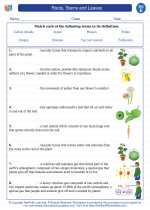Arteries
Arteries are blood vessels that carry oxygenated blood away from the heart to the rest of the body. They are a vital part of the circulatory system and are responsible for delivering nutrients and oxygen to all the tissues and organs in the body.
Structure of Arteries
Arteries have a thick, muscular wall that allows them to withstand the high pressure of blood being pumped from the heart. The walls of arteries are composed of three layers: the tunica intima, tunica media, and tunica externa. The tunica media, the middle layer, is particularly thick and made up of smooth muscle cells and elastic fibers, which allow the arteries to expand and contract as blood is pumped through them.
Function of Arteries
Arteries carry oxygenated blood from the heart to the rest of the body. The largest artery in the body is the aorta, which receives blood directly from the left ventricle of the heart. As the blood travels through the arteries, it branches off into smaller arteries and arterioles, eventually reaching the capillaries where exchange of oxygen and nutrients occurs with the body's tissues.
Study Guide
- What is the main function of arteries?
- Describe the structure of arteries.
- Arteries have a thick, muscular wall composed of three layers: tunica intima, tunica media, and tunica externa. The tunica media is particularly thick and made up of smooth muscle cells and elastic fibers.
- What is the largest artery in the body?
- The largest artery in the body is the aorta.
- How do arteries facilitate the exchange of oxygen and nutrients with the body's tissues?
- Arteries branch off into smaller arteries and arterioles, eventually reaching the capillaries where exchange of oxygen and nutrients occurs with the body's tissues.
[Arteries] Related Worksheets and Study Guides:
.◂Science Worksheets and Study Guides Fifth Grade. Roots, Stems and Leaves
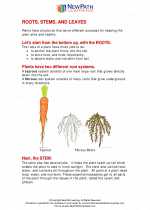
 Activity Lesson
Activity Lesson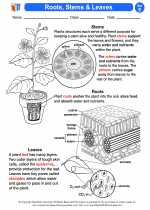
 Worksheet/Answer key
Worksheet/Answer key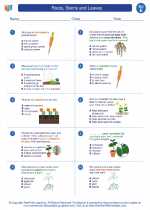
 Worksheet/Answer key
Worksheet/Answer key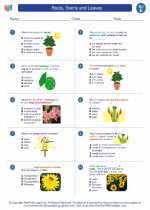
 Worksheet/Answer key
Worksheet/Answer key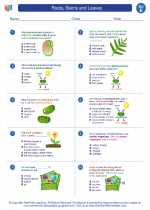
 Worksheet/Answer key
Worksheet/Answer key
 Vocabulary/Answer key
Vocabulary/Answer key
 Vocabulary/Answer key
Vocabulary/Answer key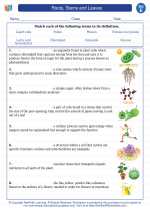
 Vocabulary/Answer key
Vocabulary/Answer key